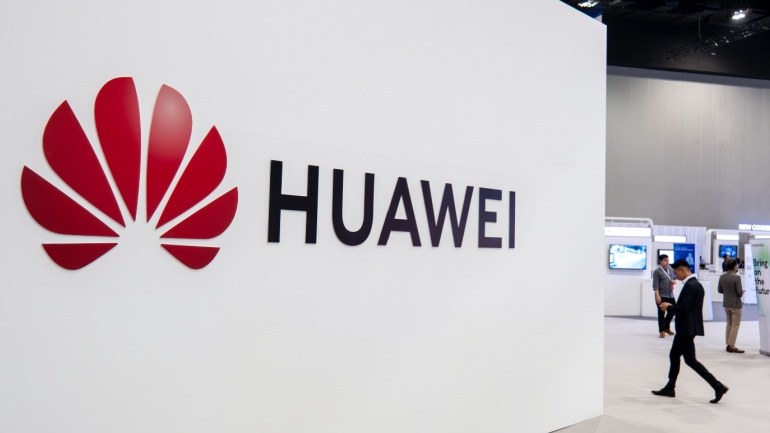Marvell Technology is experiencing substantial growth in its data center AI segment, despite an overall revenue dip for the second quarter of fiscal 2025. The company reported net revenue of $1.273 billion and a significant reduction in net loss compared to the previous year. Driven by strong AI demand, Marvell’s data center business saw record revenue, setting the stage for robust growth opportunities.
The FCC has approved $9 billion in subsidies to boost 5G services in rural areas through the 5G Fund for Rural America. This initiative aims to bridge the digital divide by providing advanced mobile connectivity where it’s economically unviable.
Telstra and Ericsson have launched a revolutionary RAN Compute platform, advancing Australia’s 5G landscape. The newly deployed Ericsson RAN Processor 6672 significantly boosts capacity and efficiency while reducing energy consumption by up to 60%. This innovative technology, powered by advanced AI, paves the way for enhanced mobile connectivity and future 5G advancements.
The Swansea Bay City Deal awarded VMO2 a contract to upgrade fibre infrastructure. The global smartphone market is expected to grow, driven by Android sales in China and emerging markets. Patton acquired Raymar Information Technology to continue supporting crucial legacy industrial technologies. EE has released age-specific smartphone usage guidelines.
Nvidia’s datacentre revenue soared 154% in Q2 2025, hitting $26.3 billion and driving a total quarterly revenue of $30 billion. CEO Jensen Huang credited the surge to the global shift towards accelerated computing, noting the significant role of Nvidia’s Hopper GPU in enabling advanced AI and large language models.
Huawei saw its revenue soar 34.3% to CNY417.5 billion ($58.8 billion) in the first half of the year, boosting net profit by 17.8% to CNY54.9 billion. Despite a slight dip in profit margins, Huawei aims to enhance business resilience and optimize its portfolio. Their innovative 5.5G network promises to revolutionize VoIP technology.
DIDWW’s new messaging platform enhances global audience engagement by enabling communication through SMS and social media channels. Key features include contact segmentation, message templates, automated link shorteners, and detailed performance insights. Businesses can test campaigns, manage opt-outs, and use fallback channels, ensuring effective communication and maximizing impact worldwide.
Indosat Ooredoo Hutchison, in collaboration with Huawei, has successfully completed a vital core network consolidation project in Jakarta. This rapid 14-month execution significantly enhances Indosat’s mobile communication technologies, benefiting over 100 million users across Indonesia, including rural and remote regions. Such advancements promise improved internet performance, especially for gaming and video streaming.
Major UK business groups are urging telecoms regulator Ofcom to extend the automatic compensation scheme for broadband outages to encompass all businesses. This demand highlights frustrations over unreliable broadband services impacting productivity and economic growth. Existing compensation covers only domestic-grade services, leaving many businesses without recourse for connectivity issues.
The recent partnership between CityFibre and Sky has significant implications for the UK’s broadband market, potentially challenging BT’s dominance. This deal extends Sky’s services, enhancing competition and driving innovation. Industry experts suggest that while BT faces pressure, the partnership signals confidence in the emerging alternative networks.













